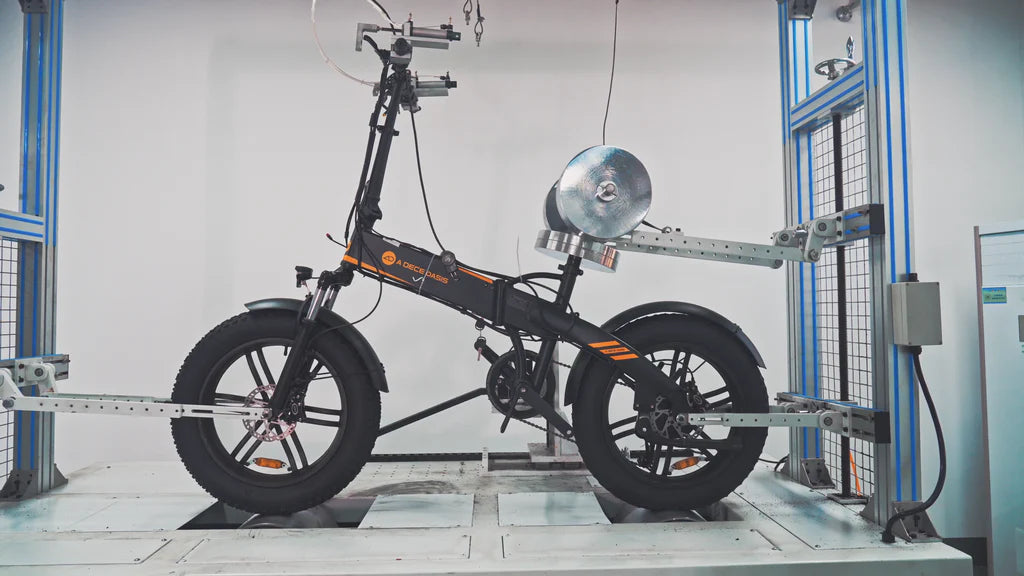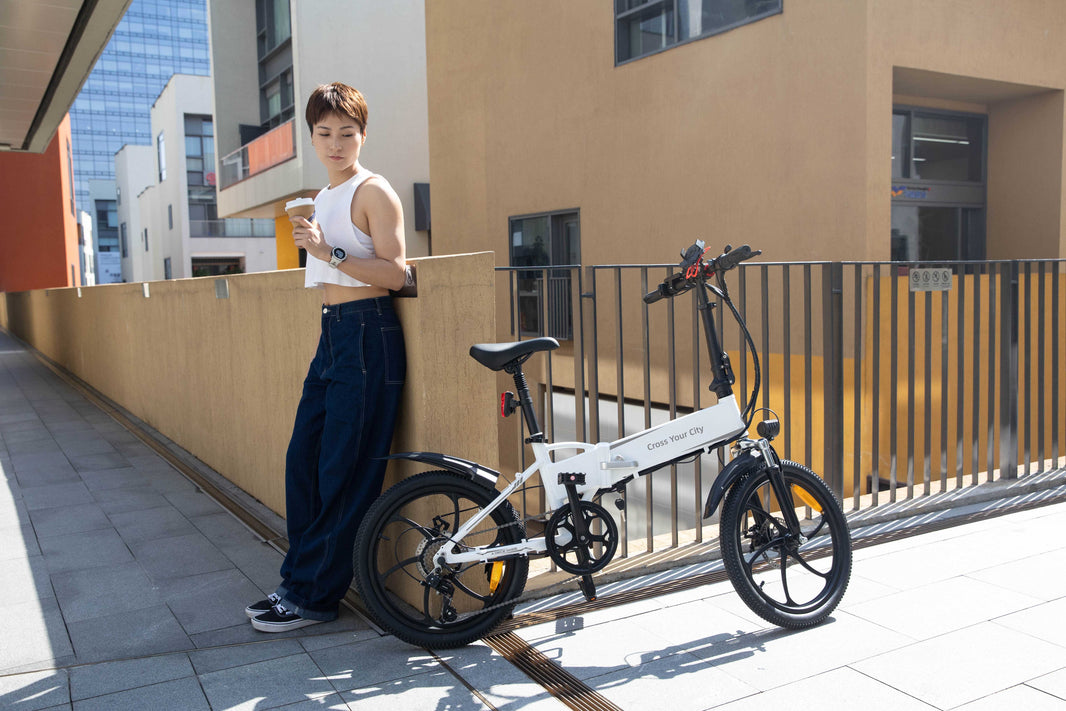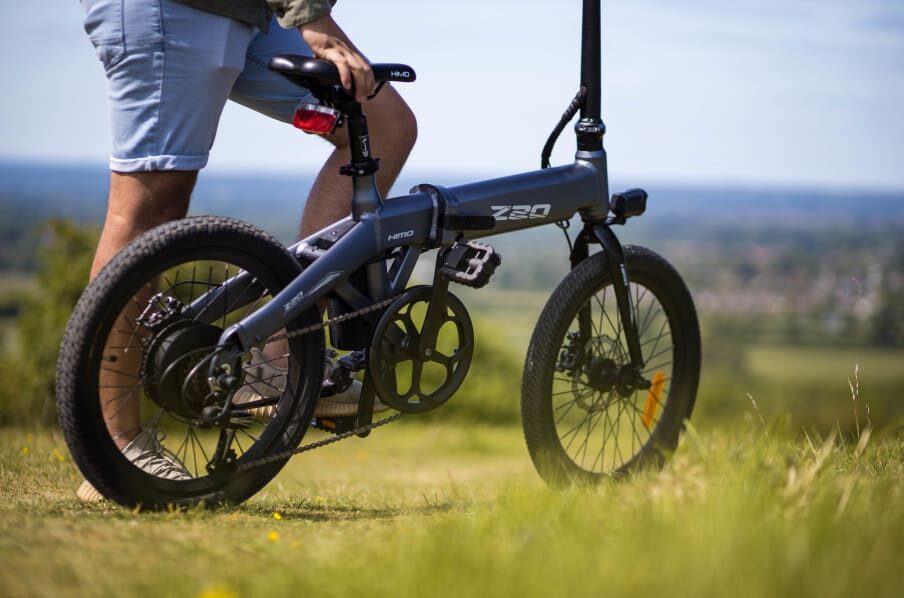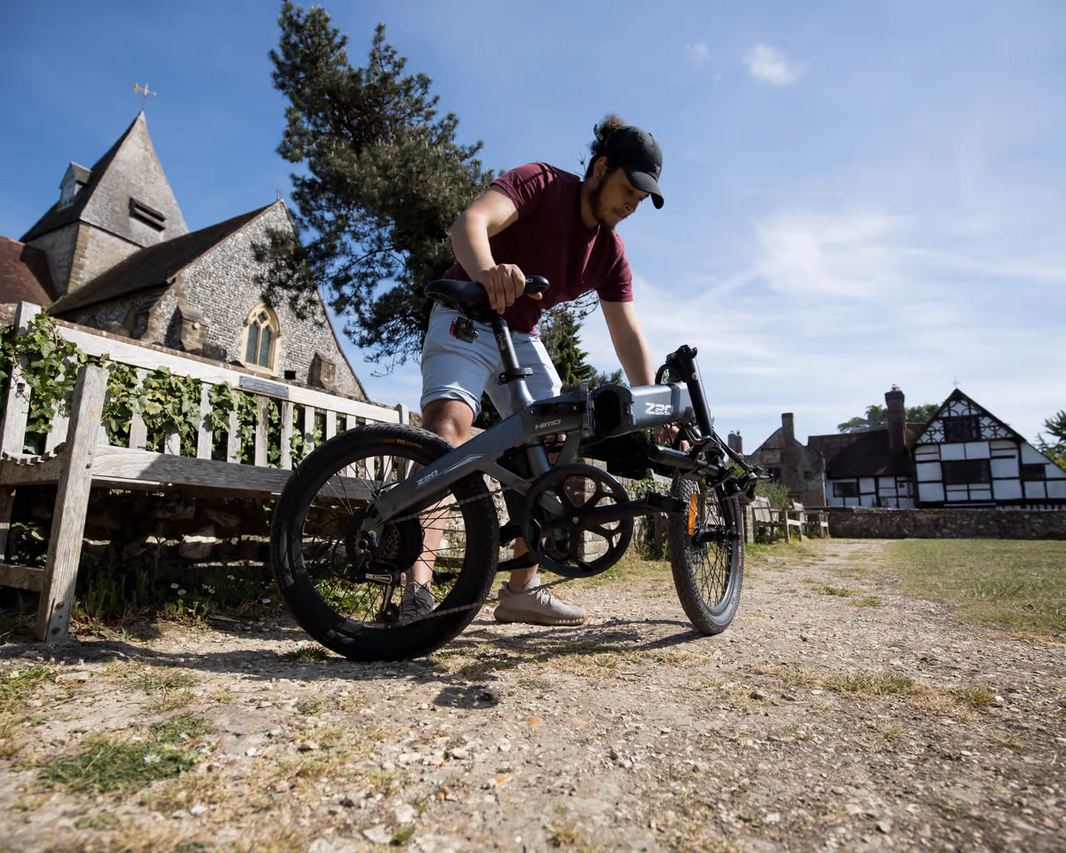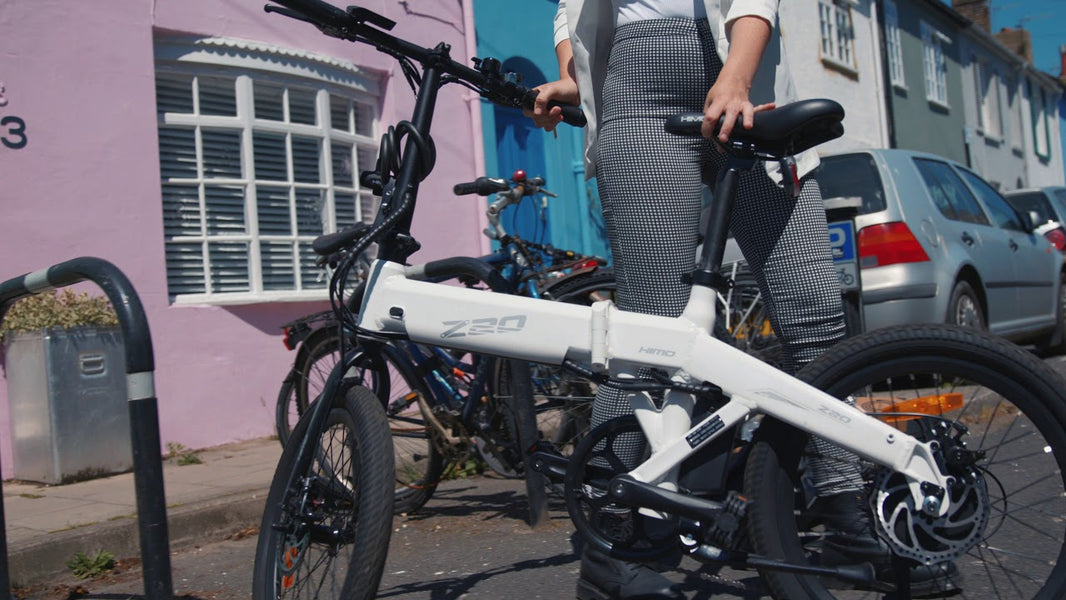E-bikes not only help you deal with traffic congestion, but they are also environmentally friendly. As electric bikes have been gaining popularity across the world, it is important for all Europeans bike enthusiasts to know about e-bike laws in their continent!
With Germany considered to be one of the more stringent countries in the world regarding laws on the use of e-bikes, this guide is to help you understand them.
The European definition of e-bike
According to the European Union directive 2002/24EC, an Electrically Pedal Assisted Cycle (EPAC) must:
- Gradually cut off assistance from the motor as the rider reaches a speed of 25 km/h or stops pedalling
- Have a motor with power of no more than 250 watts
Different classes of bikes in the EU
Europe has 4 main e-bike classes. There are different e-bike laws in Europe pertaining for the different categories of e-bike shown below and these types of e-bikes have their own set of e-bike laws in their own countries of Europe.
- L1e-A: Electric cycles - These can have a maximum motor power output of 1000 watts and a top speed of 25 km/h. L1e-A vehicles include both pedal and throttle assist e-bikes. They can also have 2 to 4 wheels and are known as power cycles
- L1e-B: The maximum power output for these electric cycles is 4000 watts and their maximum allowable speed is 45 km/h. L1e-B cycles, or mopeds, only have pedal assist and at only 2 wheels
- L2e: An electric vehicle with up to 3 wheels i.e. three-wheeled mopeds
- L6e: An electric vehicle with up to 4 wheels in total i.e. electric quad bikes
EU directive 2002/24/EC exempts the above bike types from tyre approval.
E-bike laws specific to Germany
Germany is a bike friendly country which pays attention to the roads and conditions of all cyclists and provides for their safety. Bicycles and e-bikes have become more popular during the pandemic and have lead to an increase in sales and demand. This has created a need for regulation of German bicycle law and the cyclist must be compliant with them, in the same way as driving a car.
E-bikes in Germany are considered 'Personal Light Electric Vehicles' and are restricted to a top speed of 20 km/h, but you can ride faster if you have a helmet. Below are 5 key laws:
- Insurance and registration
Insurance and number plates are mandatory and the maximum motor power output is 500 watts for e-bikes. E-bike riders must also use cycle paths, but if there aren’t any, they’re allowed to ride on roads.
- Avoid drinking and cycling
This is considered to be a very important cycling law rule in Germany. Cycling under the influence of alcohol, drugs, or medication is strictly forbidden. If checked by the police, the cyclist can face prosecution.
- Don't hold your phone whilst cycling
If this rule is not complied with, police can issue a fine.
- Cycle in the bicycle lane
If available, cycling in the bike lane is a compulsory. Unless there is an obstruction, the cyclists must cycle in these designated lanes and they are normally separated with a curb from the road, have an extension of the pavement with a different pattern or color, or are marked with a painted bicycle symbol.
- Avoid cycling on highways or motor roads
It is not legal to ride a bike on highways or motor roads in Germany.
Himo bikes has been striving to expand the global e-bike market and our products are in compliance with e-bike laws and regulations of various countries. If you are living or planning a trip to Germany, we have many options for a comfortable and enjoyable journey!


